Are Wheat Straw Material Tableware Products Biodegradable?

In recent years, the demand for eco-friendly alternatives to traditional plastic tableware has grown significantly. One material gaining attention is wheat straw, a byproduct of wheat production. Products made from wheat straw, including plates, bowls, cups, and cutlery, are marketed as sustainable and environmentally friendly. Understanding whether Wheat Straw Material Tableware is truly biodegradable is important for consumers aiming to reduce environmental impact.
What Is Wheat Straw Material Tableware?
Wheat Straw Material Tableware is made by combining wheat straw fibers with biodegradable resins under heat and pressure to form durable products. Unlike conventional plastics derived from petroleum, wheat straw tableware uses agricultural waste, giving it a renewable base material. This approach not only reduces reliance on fossil fuels but also gives a second life to crop residues that might otherwise be discarded or burned.
Biodegradability of Wheat Straw Tableware
One of the main selling points of Wheat Straw Material Tableware is its potential to decompose naturally. The combination of natural fibers and biodegradable resins allows these products to break down under appropriate conditions, such as industrial composting or controlled home composting environments. Over time, the material is designed to return to the soil without releasing harmful chemicals, unlike conventional plastic that can persist for decades.
However, the rate and completeness of biodegradation can vary. Some wheat straw tableware products contain additives to improve durability, which can slightly slow decomposition. While they are generally more environmentally friendly than standard plastics, proper disposal in composting facilities or through environmentally responsible waste management practices is recommended to achieve full biodegradability.
Environmental Benefits
Using Wheat Straw Material Tableware offers several environmental advantages:
- Reduced plastic waste: By replacing single-use plastic tableware, wheat straw products contribute to less plastic pollution.
- Renewable resources: Utilizing wheat straw fibers reduces waste from agriculture and provides an eco-conscious alternative to petroleum-based plastics.
- Lower carbon footprint: Production of wheat straw tableware consumes less energy compared to traditional plastic manufacturing, helping to reduce greenhouse gas emissions.
These factors make wheat straw tableware an attractive option for environmentally aware consumers, particularly in settings such as schools, restaurants, and offices that frequently use disposable tableware.
Practical Use and Safety
Wheat Straw Material Tableware is not only biodegradable but also practical. It is lightweight, durable for everyday use, and can often handle hot and cold foods. products are BPA-free and safe for contact with food. While some items may be dishwasher safe, it is important to check manufacturer guidelines to maintain quality and avoid excessive wear that might reduce lifespan before composting.
Disposal Recommendations
To ensure that Wheat Straw Material Tableware is fully biodegradable, proper disposal is key. Composting at industrial facilities provides the great conditions for decomposition. Home composting is possible but may take longer depending on temperature, moisture, and microbial activity. Avoid mixing wheat straw tableware with non-compostable plastics, as this can interfere with the breakdown process and reduce environmental benefits.
Wheat Straw Material Tableware products are generally biodegradable and represent a sustainable alternative to conventional plastics. By utilizing agricultural waste, reducing plastic pollution, and offering practical usability, these products contribute positively to environmental protection. While complete biodegradation depends on proper disposal methods, choosing wheat straw tableware is a meaningful step for consumers seeking to minimize ecological impact and support renewable materials.
Hot Products
-
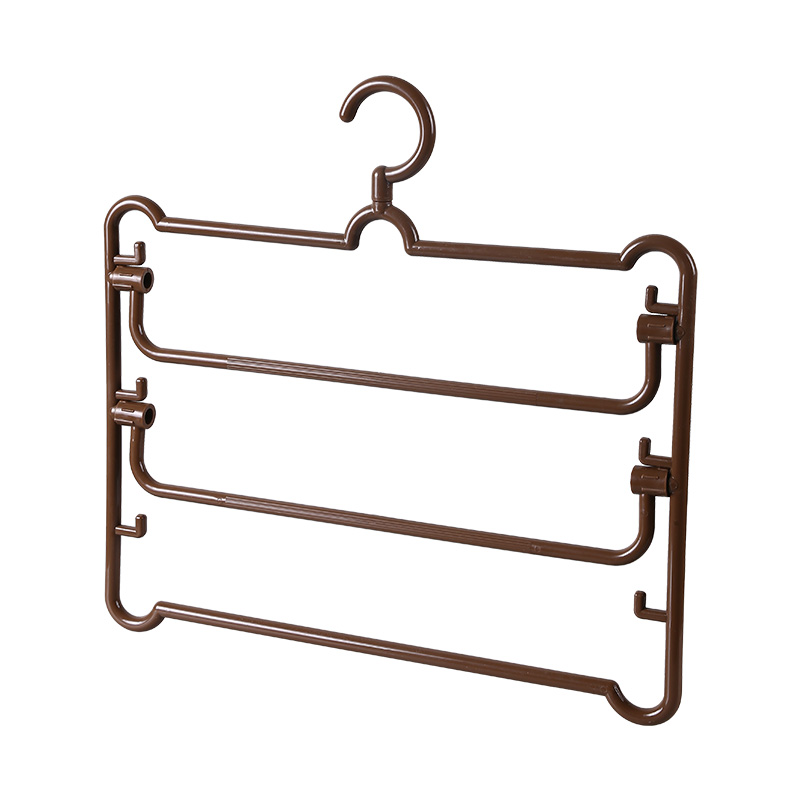
Plastic Pants Hanger (3 Bars)
-
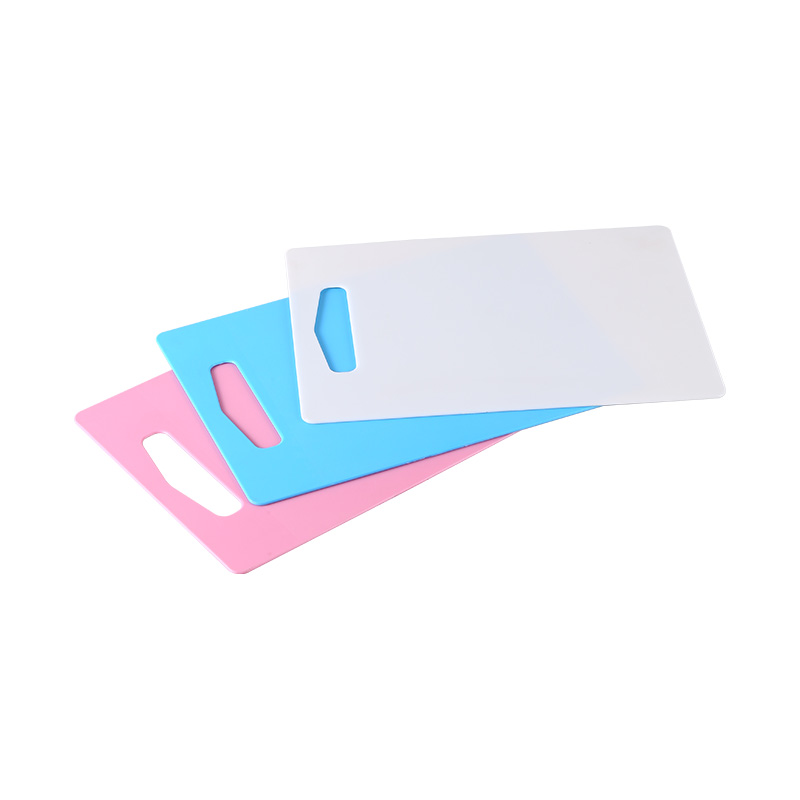
Plastic Chopping Board Food Cutting Block Mat Tool
-

Food Storage Container For Adult Kids All-In-One Lunch Box
-

Mini Round Food Preservation Box
-
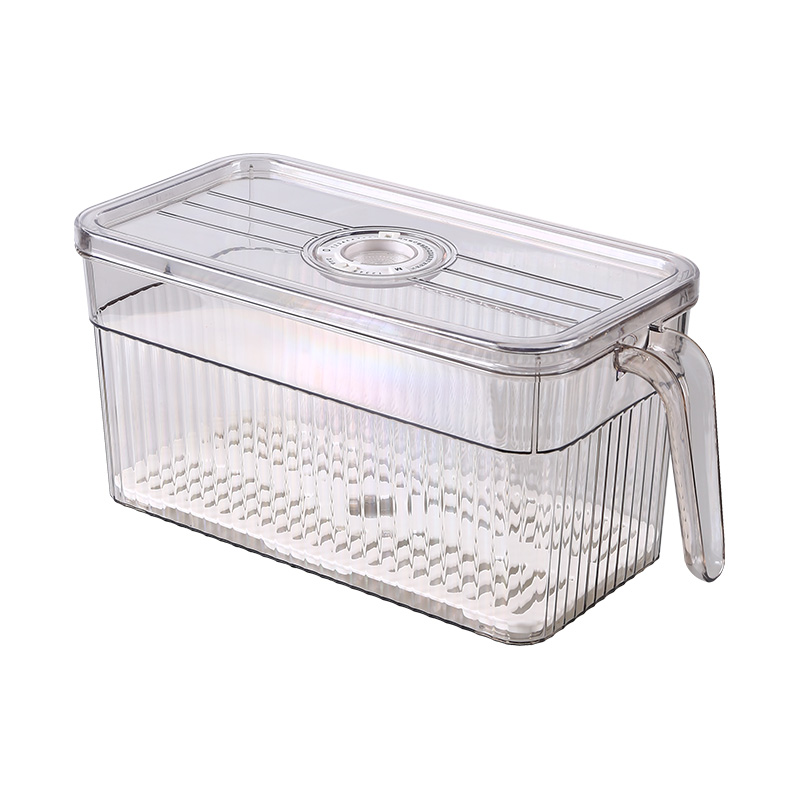
Refrigerator Storage Box Freezer Handle Storage Container
-
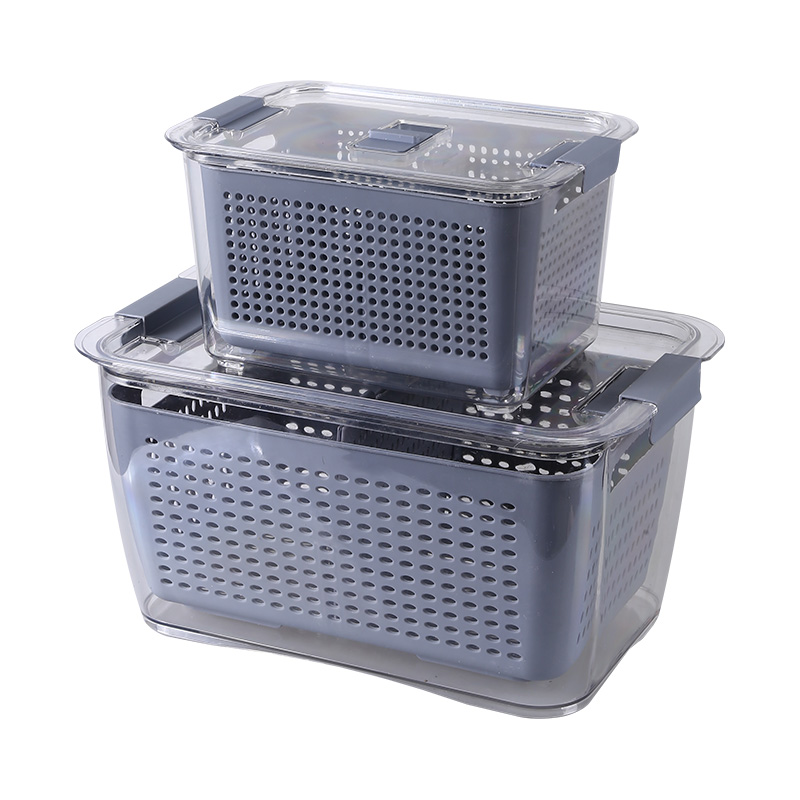
1pc Refrigerator Storage Box With Lid And Drain Basket Fruit Storage Containers Transparent Saver Container Food Organizer Bins
-
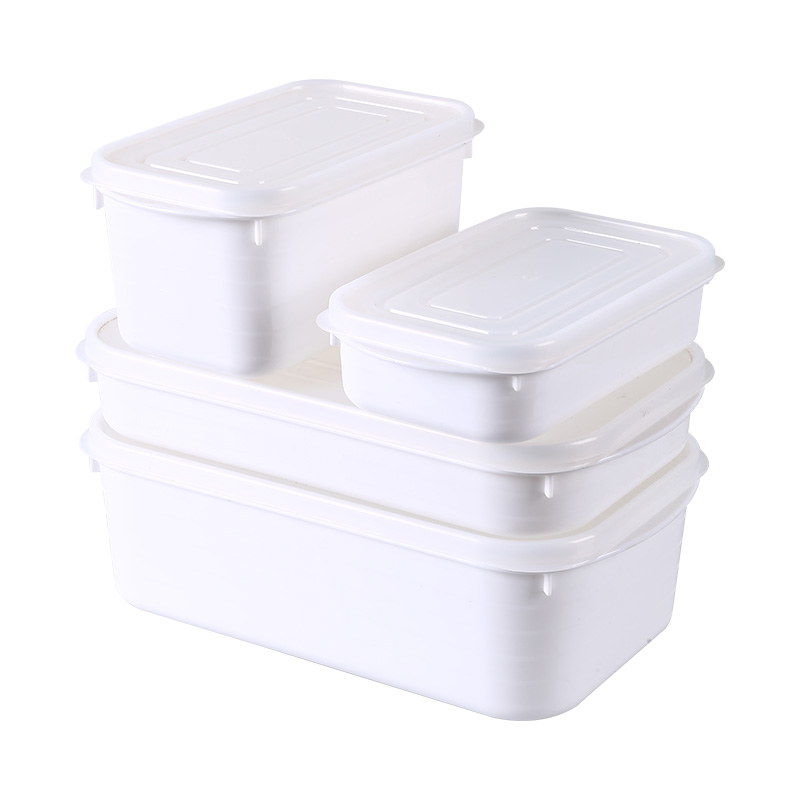
Food Storage Large Capacity Fresh-Keeping Eco Reusable Box Bento Food Leakproof Container
-
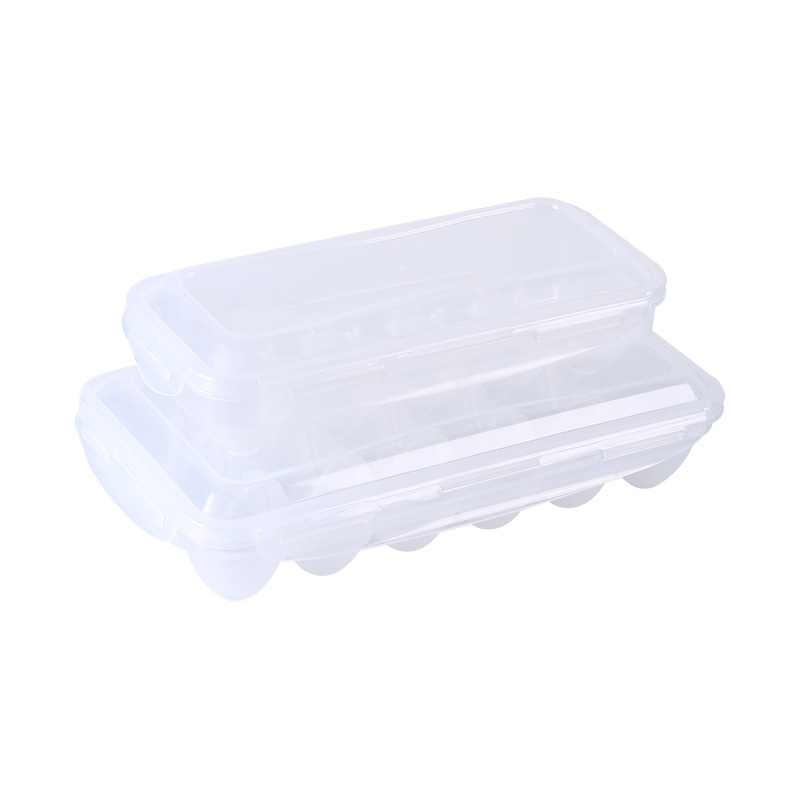
PP Plastic Egg Tray Storage Box
-
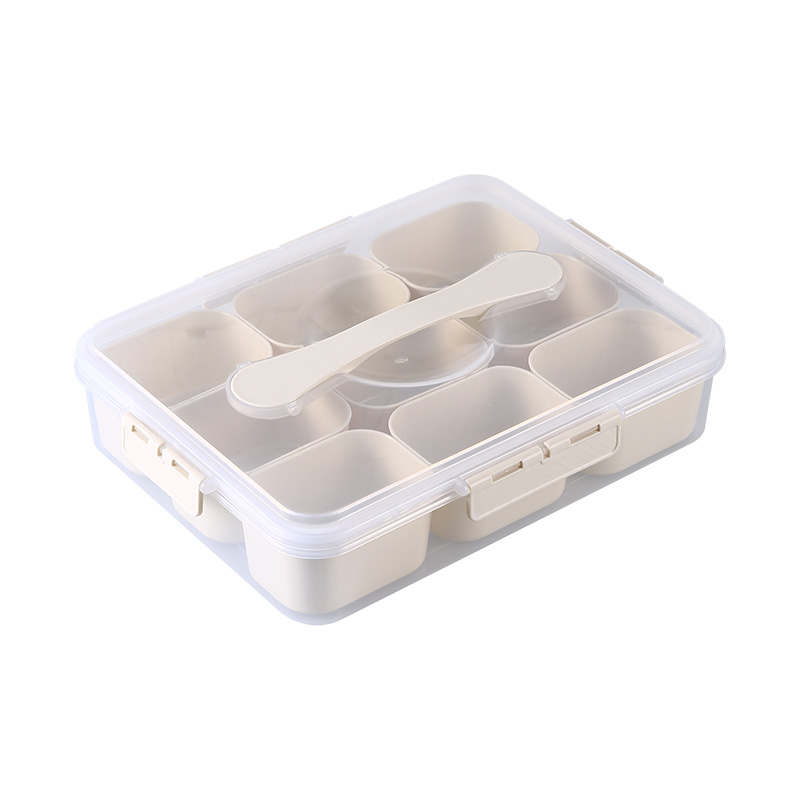
9 Compartment Divided Serving Tray With Lid And Handle Dried Fruit Storage Box
-

PP Material Handheld Fresh-Keeping Sealed Box Dry Food Classification Storage Box
-
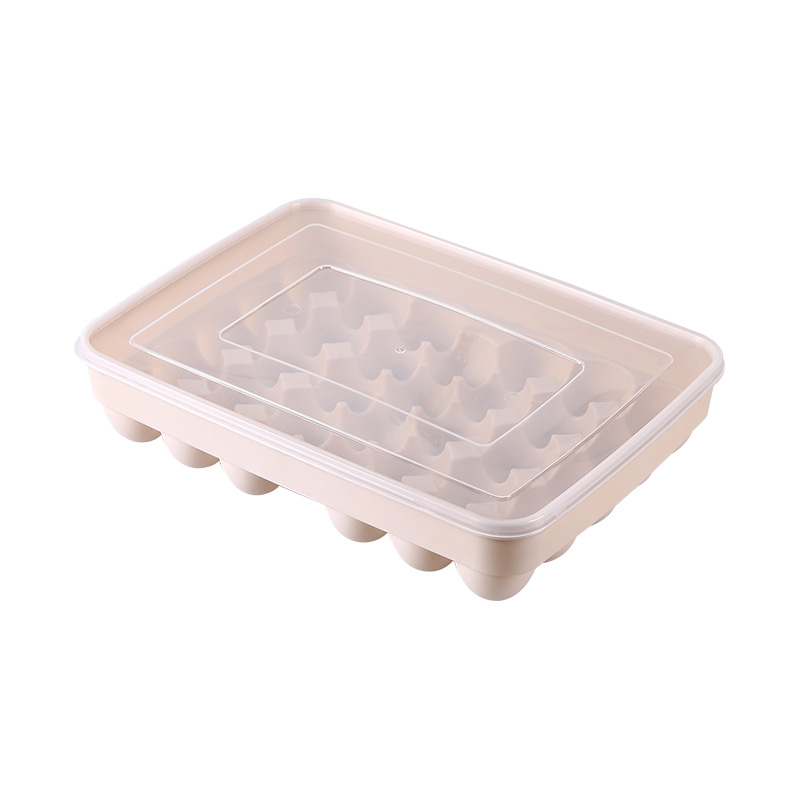
Refrigerator Storage Multi-Grid Egg Box Can Be Stacked With Cover To Food Preservation Box
-
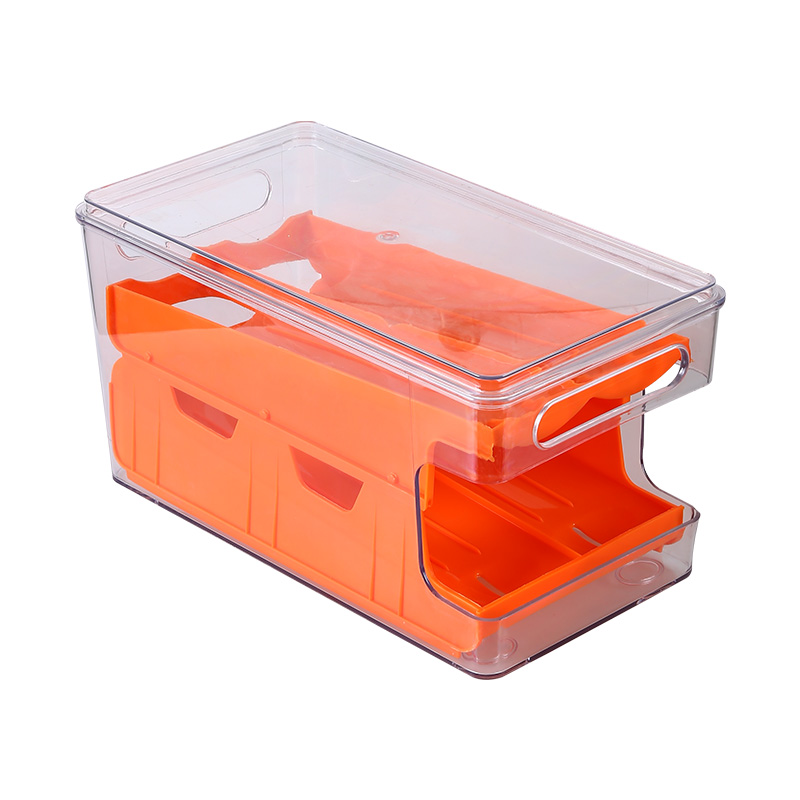
Dual-Layer Transparent Egg Storage Rack Eco-Friendly Slide-Type Household Kitchen
 English
English 中文简体
中文简体 Deutsch
Deutsch


